John Macarthur
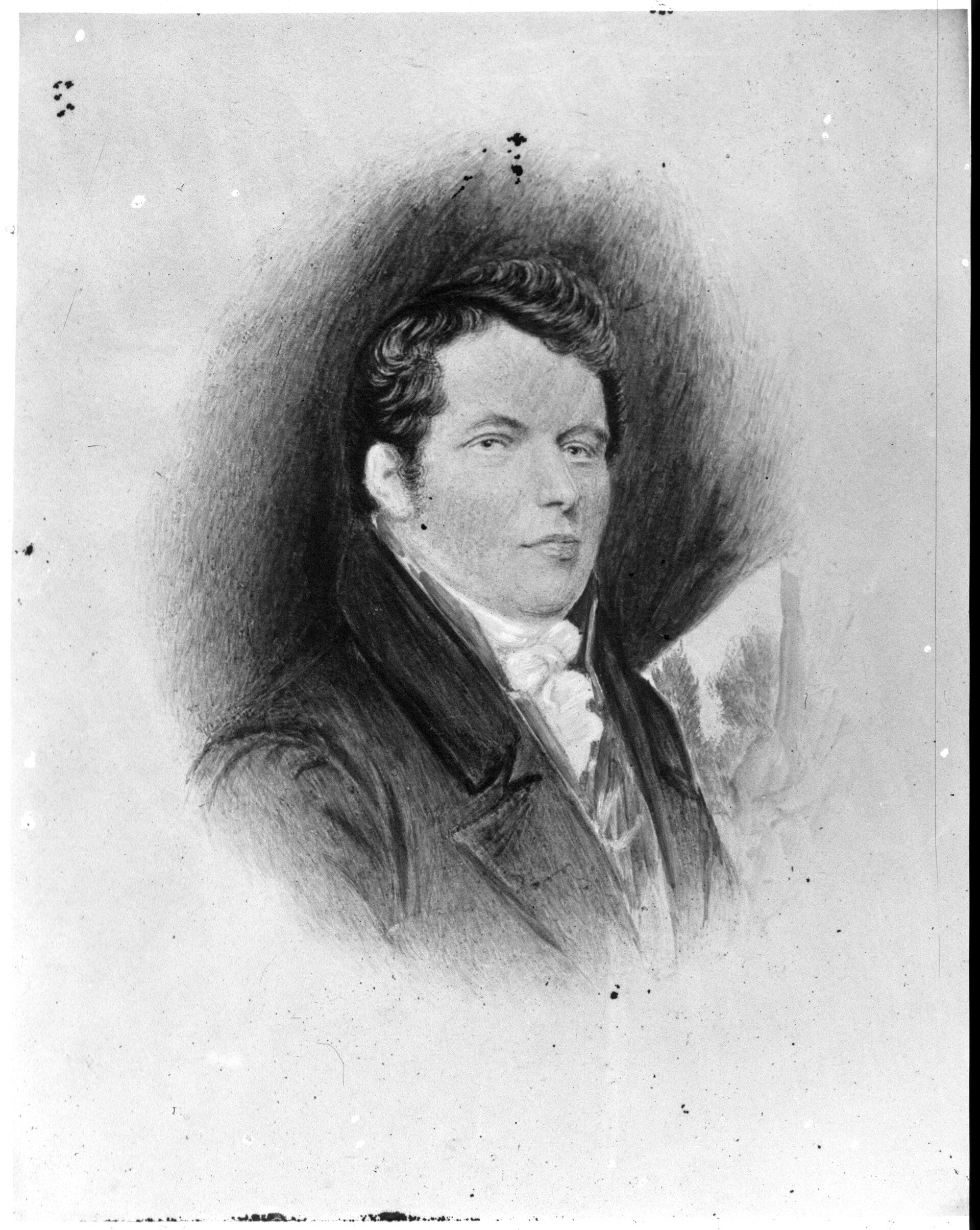
On This Day
12 Feb 1793 - John Macarthur granted land at Parramatta
On 12 February 1793 John Macarthur was granted 100 acres of land at Parramatta by Acting Governor Francis Grose. Macarthur was the first man to clear and cultivate 50 acres
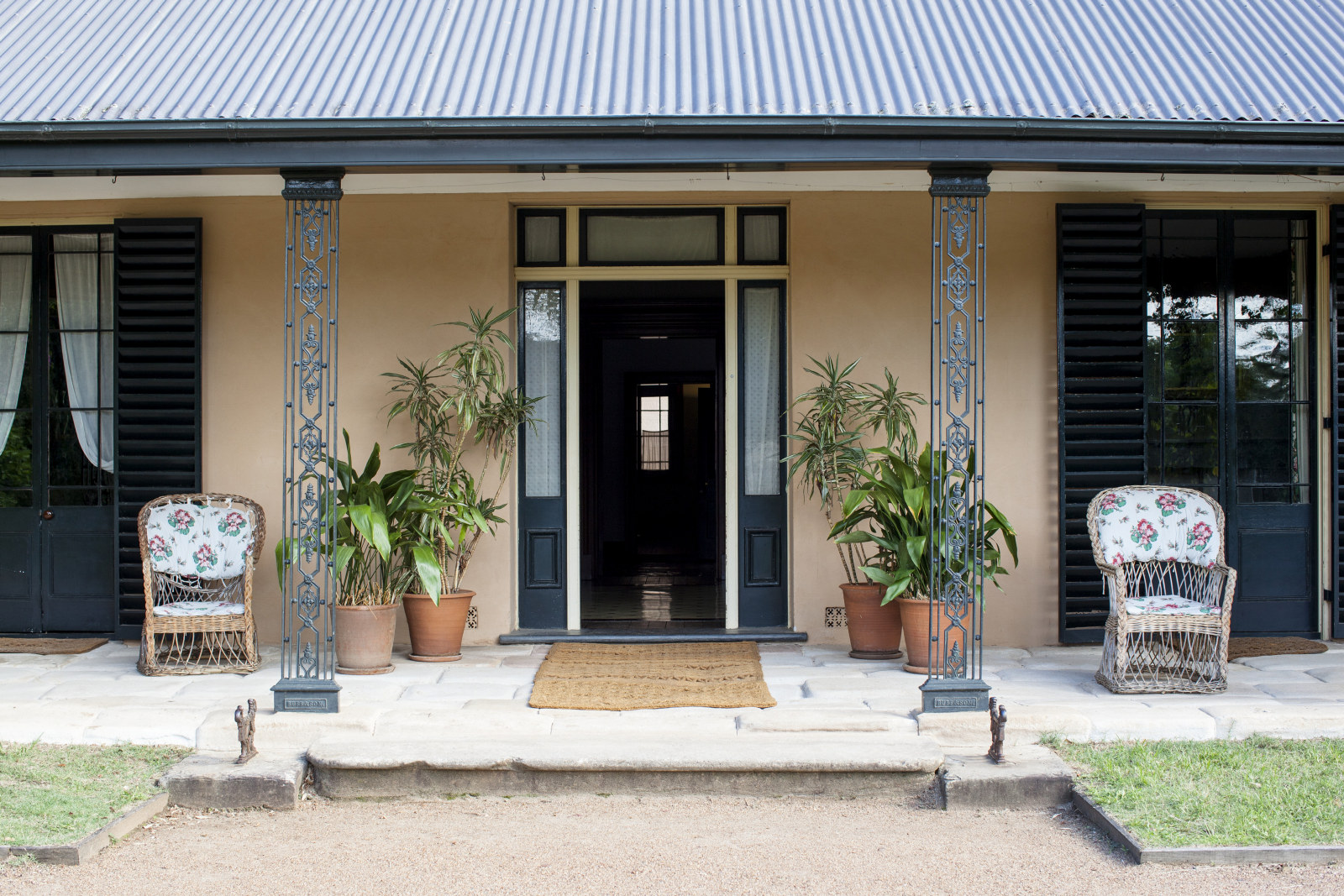
Elizabeth Farm: the old and the new
This short film, titled ‘Elizabeth Farm: the old and the new’, is a valuable record of the ‘no-barriers’ museum as it was first experienced and enjoyed by visitors
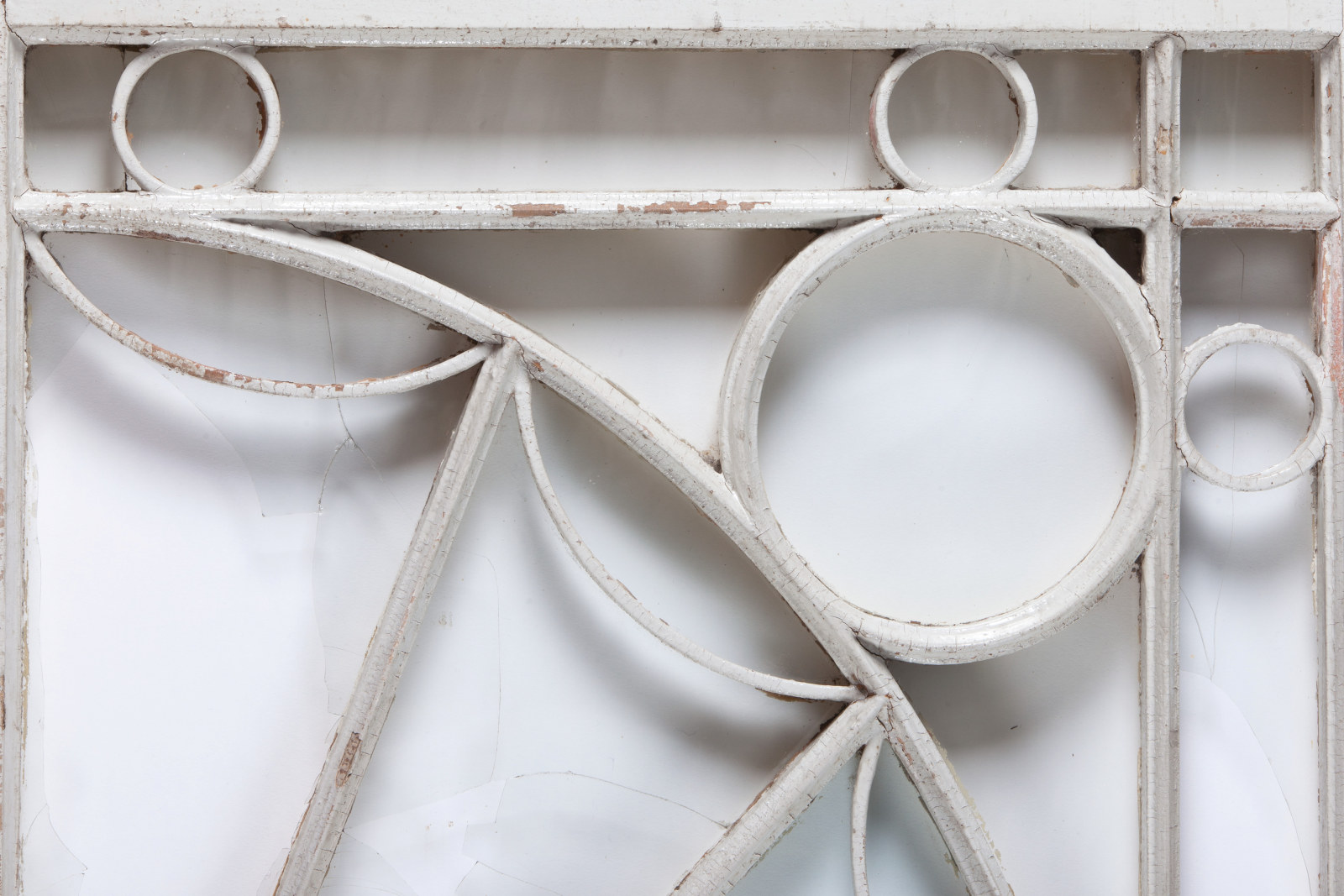
Architectural remnants from The Vineyard - Subiaco
The Vineyard at Rydalmere NSW (later known as Subiaco), designed by architect John Verge for Hannibal Hawkins Macarthur and completed in 1836, is almost universally described by architectural historians as one of Sydney’s finest colonial homes
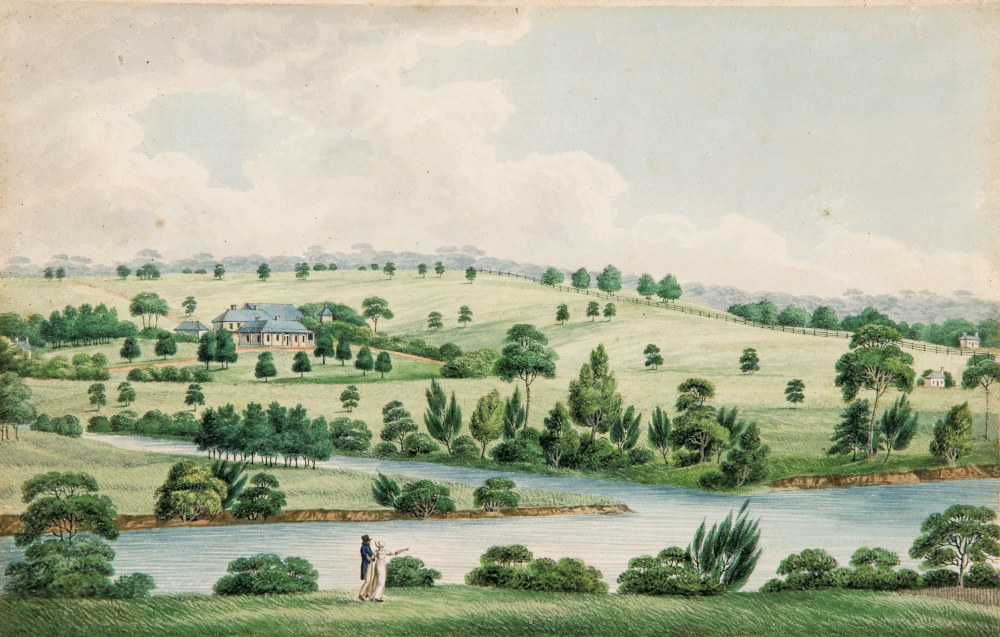
Museum stories
A turbulent past
With its deep, shady verandahs and elegant symmetry, Elizabeth Farm is an iconic early colonial bungalow
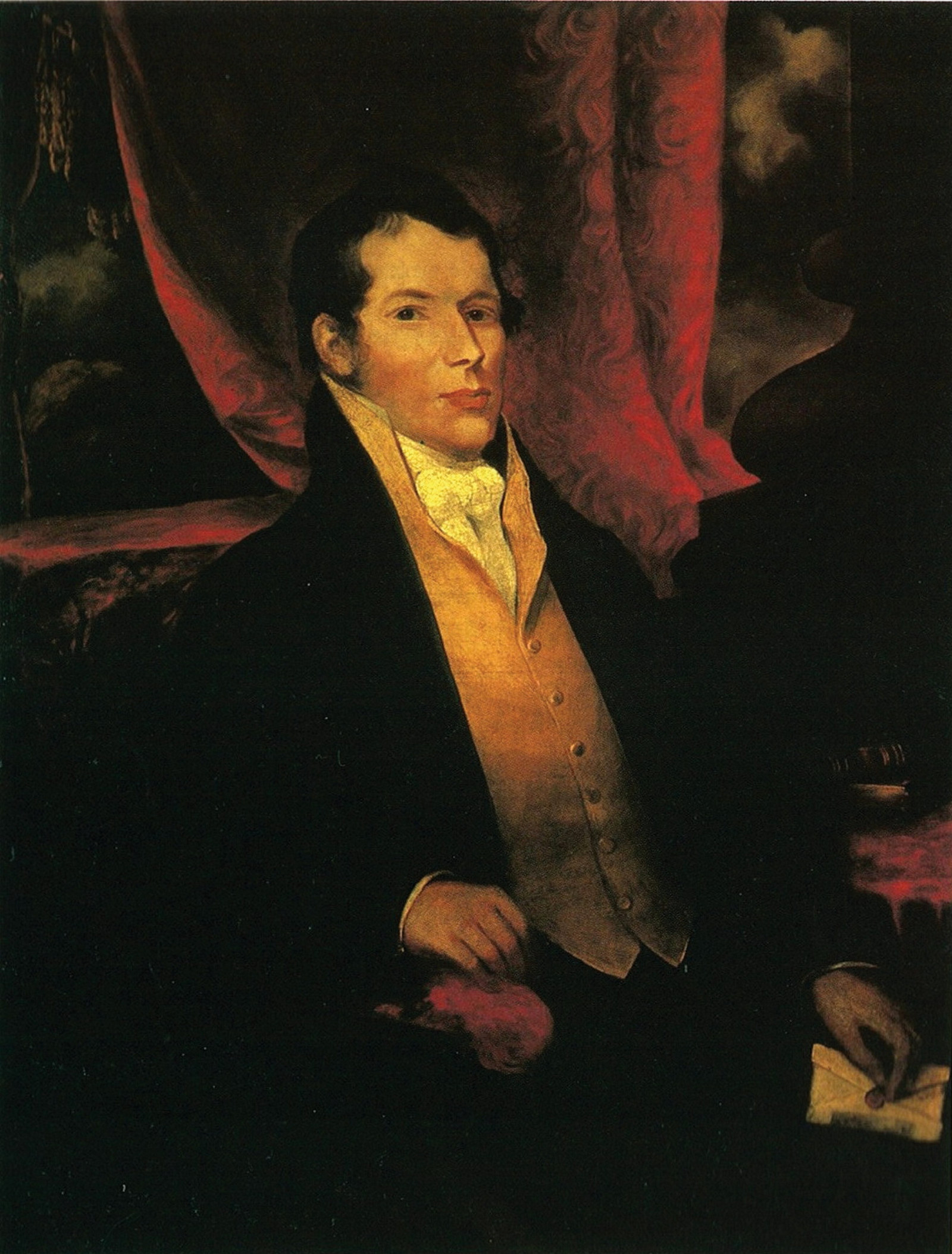
Remembering John Macarthur
September 2017 marks the 250th anniversary of the birth of John Macarthur: wool pioneer, politician, rebel, businessman, family man, and builder of Elizabeth Farm
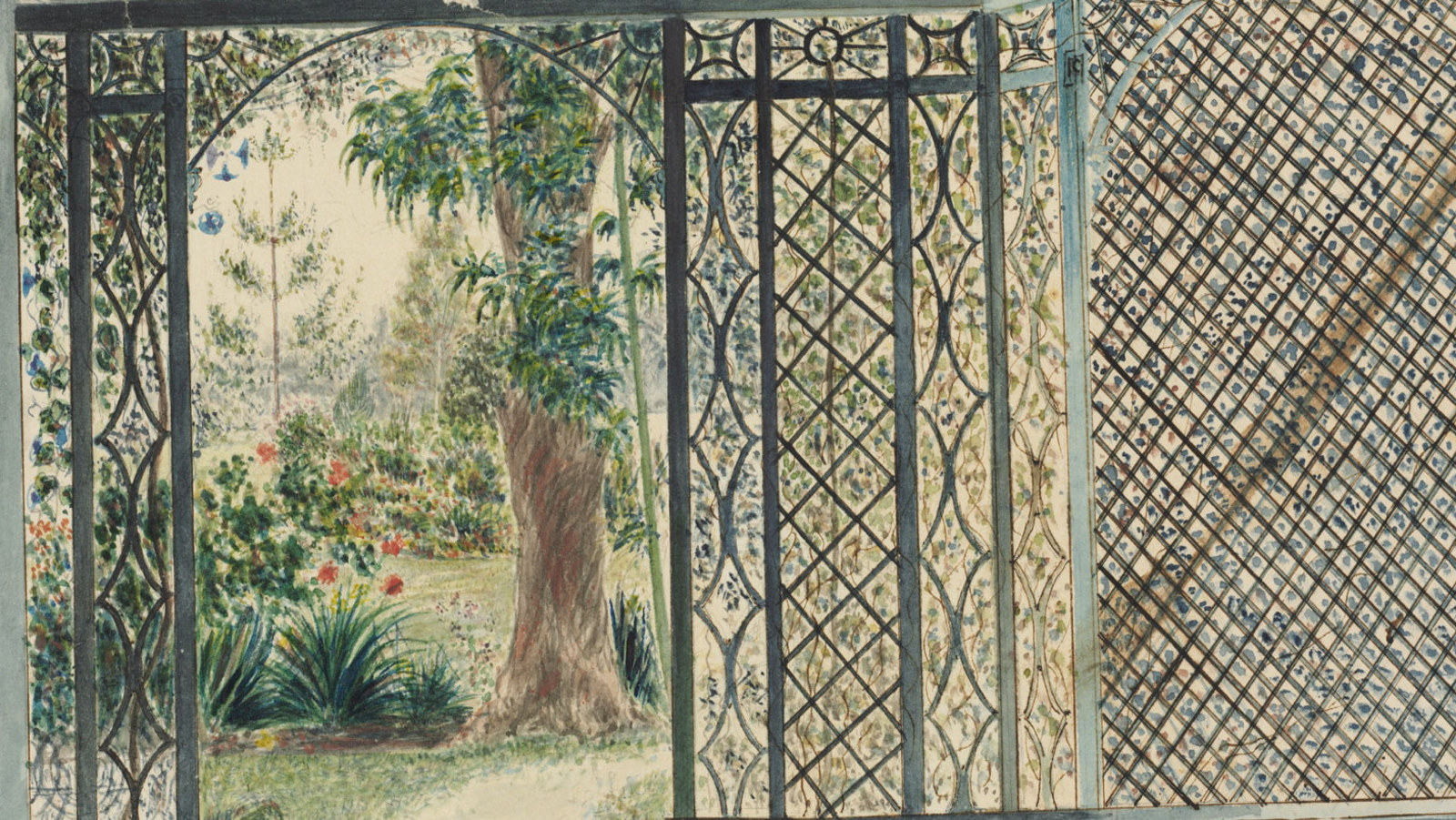
A taste for the ornate
Traces of long-lost decorative features at Elizabeth Farm provide insights into changing fashions in 19th‑century architecture and design
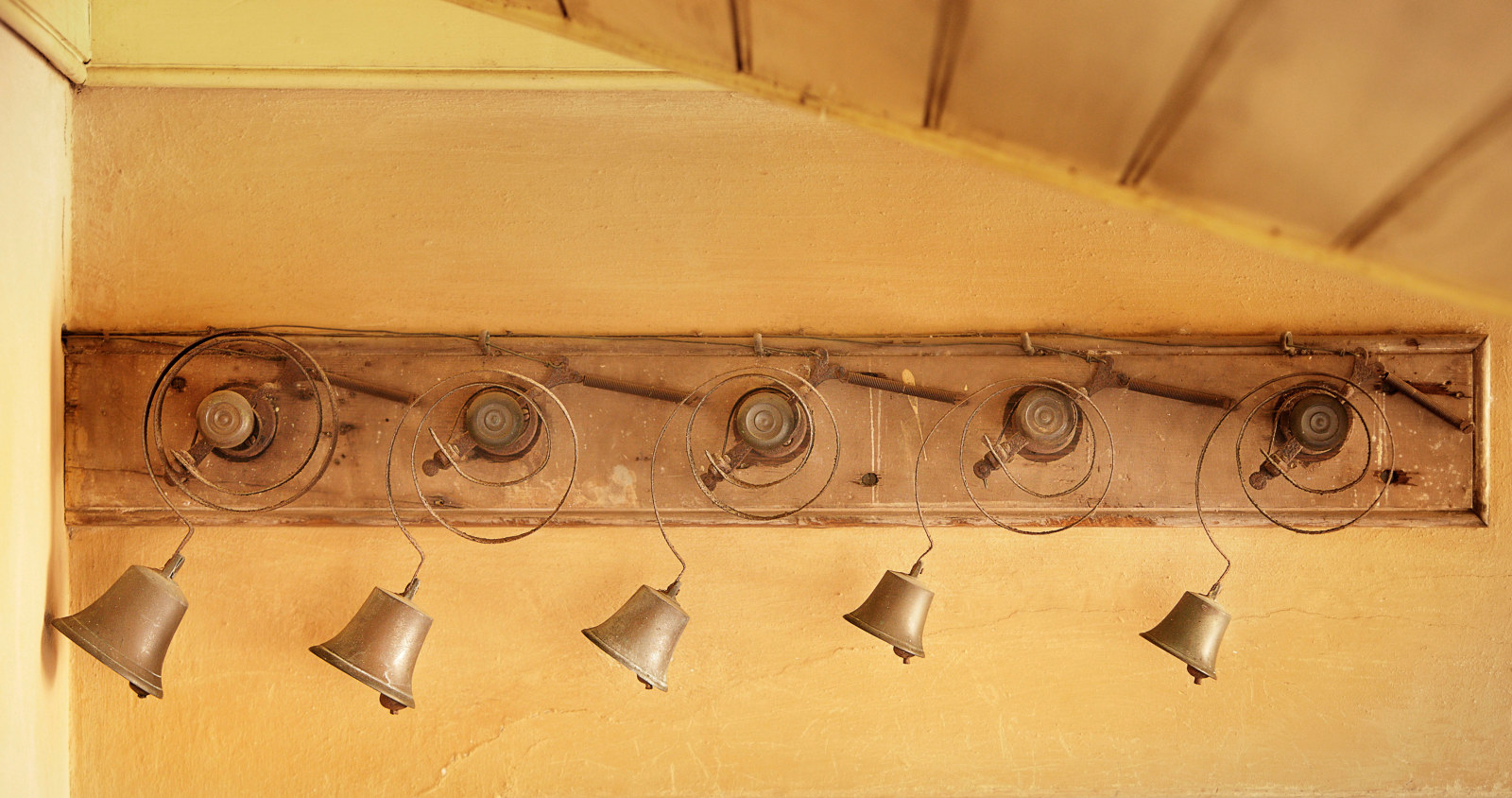
Mr Butler: the Macarthurs' butler
If you’re a fan of the crime-fighting character ‘Miss Fisher’ you’ll know that one of the characters is named with his profession – ‘Mr Butler’. But did you know that at Elizabeth Farm there actually was a butler named Butler?
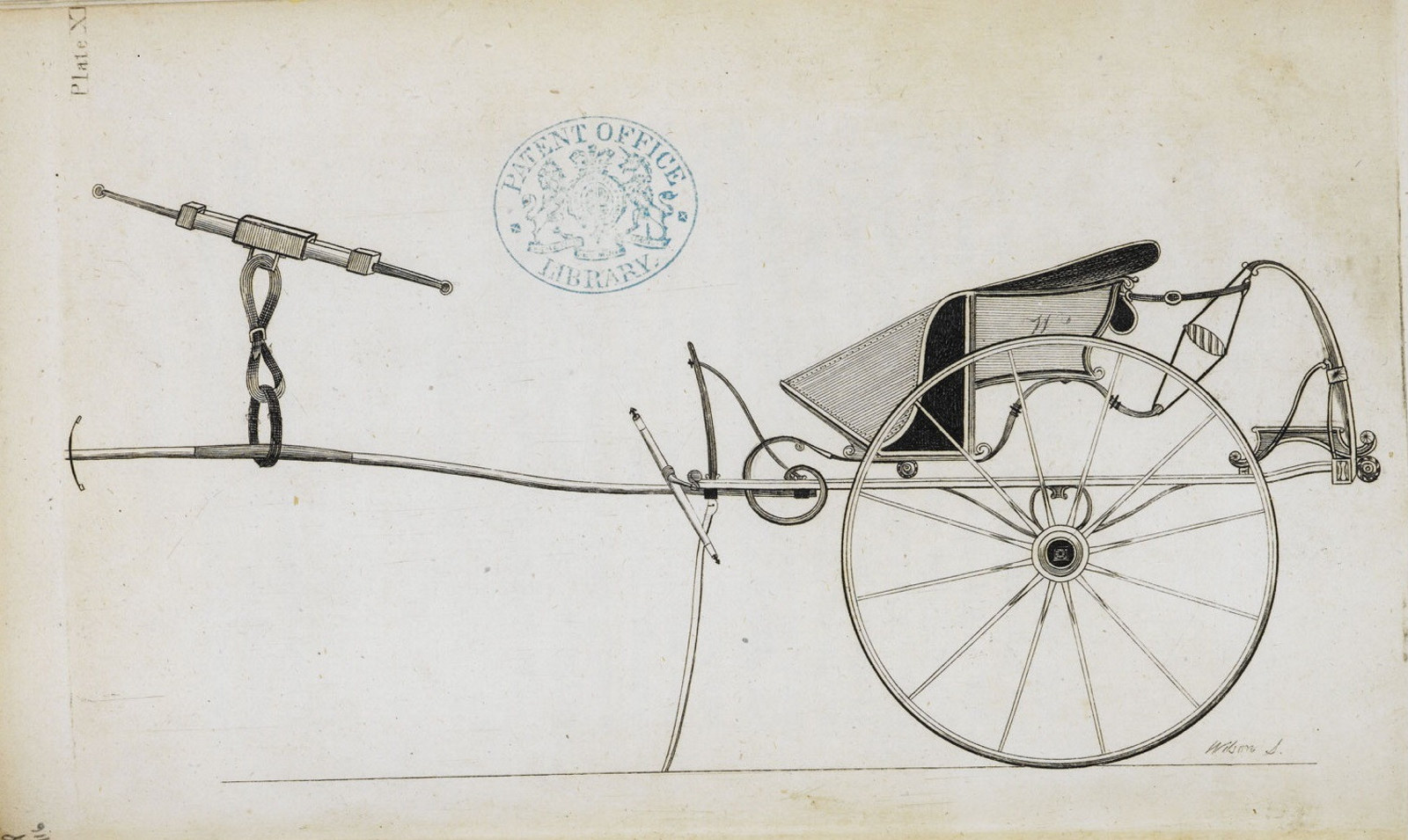
James Watsford, coachman for the Macarthurs
From convicted horse thief to trusted coachman for the Macarthurs, and finally coach proprietor, the story of James Watsford shows that with a little luck and the right connections some convicts were able to turn their fortunes around
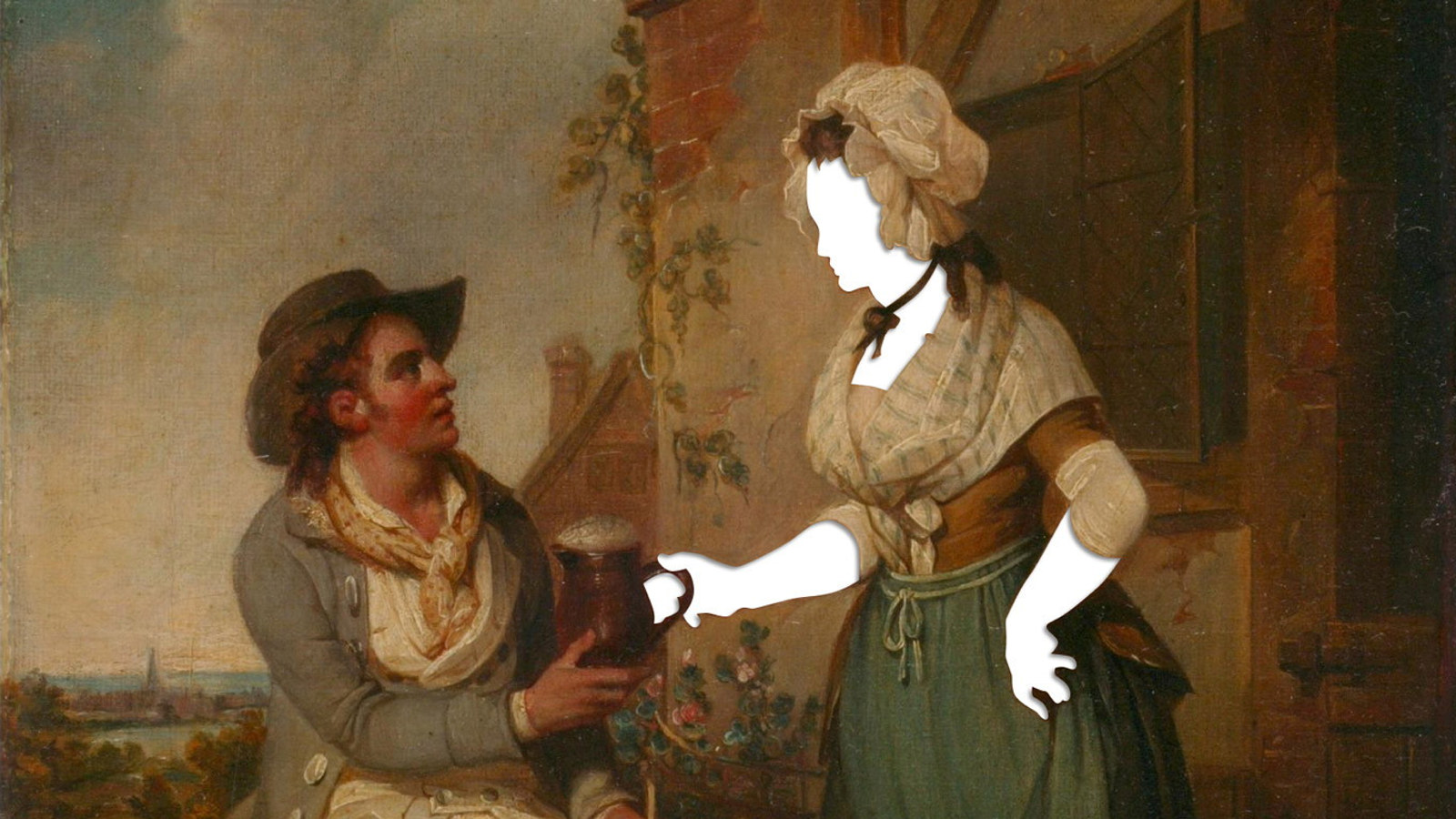
Sarah Pettit, the Macarthurs’ first servant?
Elizabeth Farm lists hundreds of employees, from assigned and emancipated convicts to those ‘born free’ in the colony. One significant name remained elusive – the very first. Until now ...